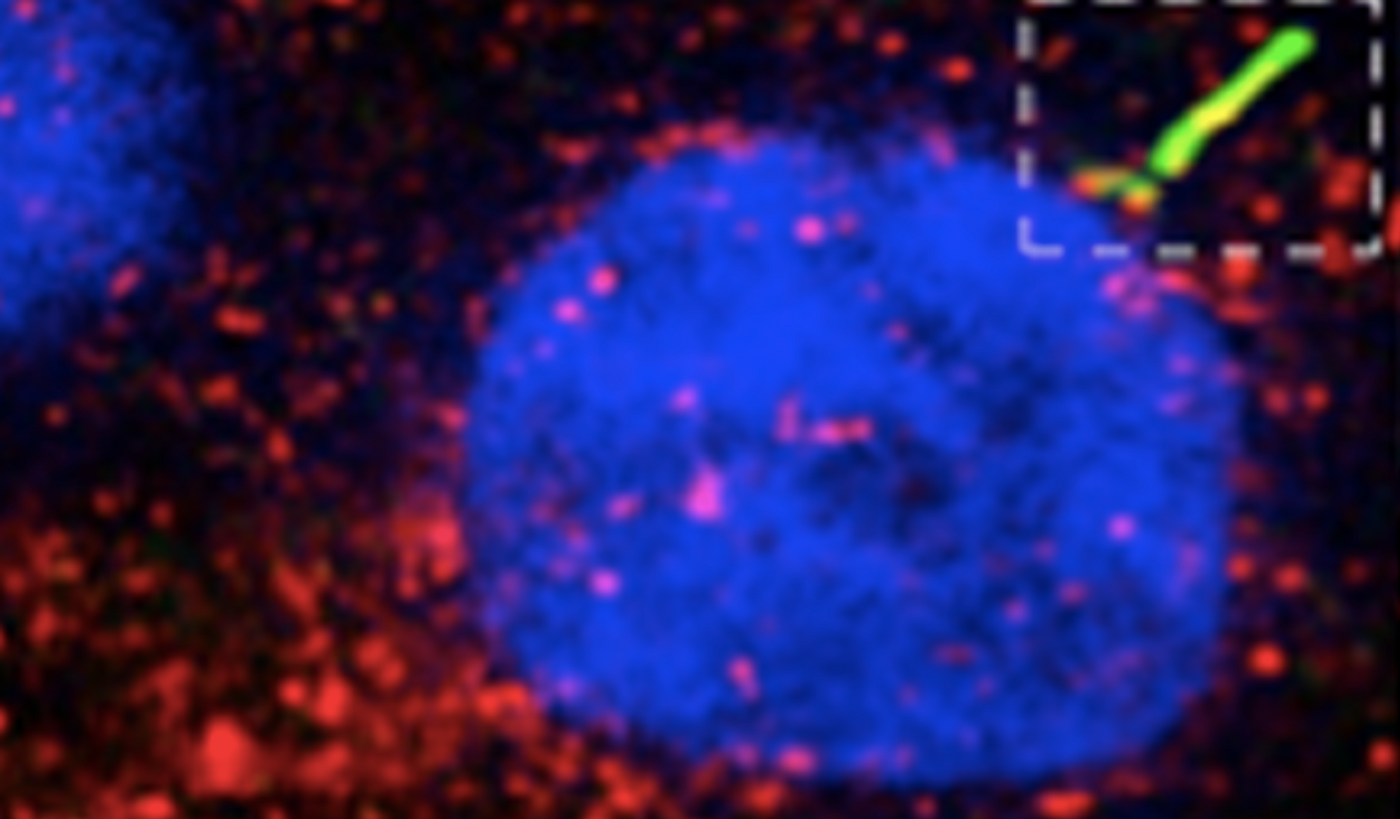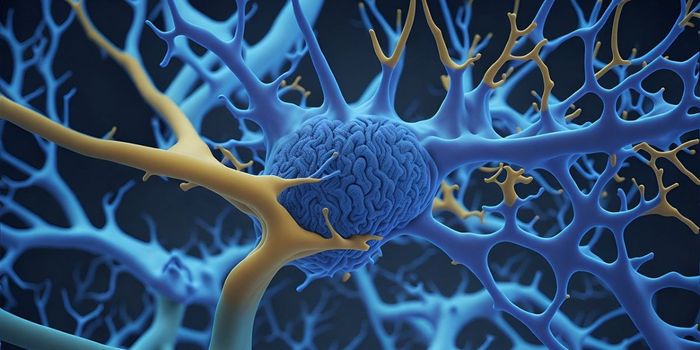A Kind of 'Second Synapse' on Neurons - The Cilium
Nearly every type of cell in the human body carries a little antenna-like structure called a cilium, which can serve various functions; they can sense things about their environment or receive signals, and trigger responses inside the cell, impacting many biochemical pathways. These primary cilia are not the same as motile cilia, which can help cells move fluids. Dysfunction in primary cilia can also lead to many different kinds of diseases, now known as ciliopathies, which can affect many organ systems. While most studies of signaling in neurons has centered on synapses or action potentials, recent work has shown that neurons also carry cilia, which are able to influence activity in the nucleus, where active genes are transcribed.
The findings have been reported in Cell. This work has suggested that on neurons, cilia act like a kind of second synapse.
"This special synapse represents a way to change what is being transcribed or made in the nucleus, and that changes whole programs," explained senior study author and Janelia Senior Group Leader David Clapham. At synapses, signals are passed from axons to dendrites, and because the cilium can have an influence on the genetic material in the nucleus, the researchers suggested that cilia could also have a long-term impact on neurons that is unlike the influence of the synapse.
Cilia may be able to have a quicker and more selective impact on a neuron than the synapse, suggested Clapham. "It is like a new dock on a cell that gives express access to chromatin changes, and that is very important because chromatin changes so many aspects of the cell."
In this study, the researchers found that there are many receptors for the neurotransmitter serotonin on neuronal cilia. When those receptors were activated, they altered a biochemical pathway that affected the accessibility of chromatin and actin structure, changing gene transcription in neurons. While more work will be needed to examine the impact of these changes, the research has shown that serotonin can bind to ciliary receptors and change activity in neurons.
The researchers noted that there may be receptors for other neurotransmitters on neuronal cilia, and all of them may have their own influences on neuronal cells and their nuclei.
In my own research, I studied cilia for many years. I am very glad to see them gaining appreciation and research interest in the field of neuroscience, where they flew under the radar for so long. New imaging tools have enabled scientists to get a close look at cilia in detail, and learn more about how they are related to physiology.
"Everything we learn about biology may be useful for people to lead better lives," said Clapham. "If you can figure out how biology works, you can fix things."
Sources: Howard Hughes Medical Institute, Cell









